Thursday, March 1, 2012 9:15:06 AM MST
I don’t know what to call these… they have so many names. Reflector ovens, tin kitchens, tin oven, Dutch ovens, bake ovens, and meat hastener. In 1831 G. Williston patented what he called a tin baker. In 1832 W. Prescott patented a tin reflecting baker and S. Hasey patented a double reflecting baker. They were made of tinned or plain sheet iron and tinned or plain copper but they were all placed in front of the fire to reflect the heat. Calling it a Dutch oven often confuses people who envision what Abraham Darby invented in 1704. A description such as “One Copper Dutch Oven lined with Tin 20 Inches over the Top” is not one of Darby’s cast iron kettles. Here is coppersmith from the papers of the Lancaster Historical Society Volume XII 1908 pg 268.
“Coppersmith, From Lancaster, living in Gay street, Baltimoretown, a
few Doors above Mr. Andrew Steiger.
Makes and sells all sorts of Copper Work, viz., stills of all sizes,
fish and wash kettles, copper and brass brewing kettles, sauce pans,
coffee and chocolate pots, stew pans and dutch ovens. He sells any of
the above articles as cheap as they can be imported from England, and
carries on his business in Lancaster as usual. He likewise carries on
the Tin Business in all its branches. Country Shop Keepers may be
supplied either by wholesale or retail, and all orders sent from the
country shall be carefully executed.”
American Mechanics Magazine from 1825 calls it a Dutch Oven and has an image. This refers to the indexing holes that are ubiquitous on all reproductions but not found in paintings.
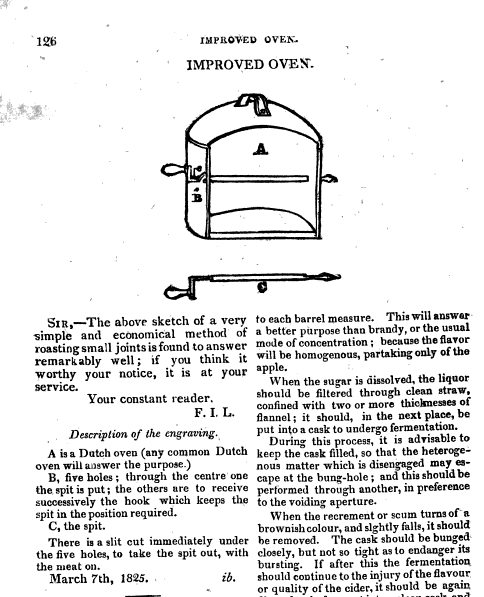
A tinsmith named Benjamin Harbeson was advertising in 1765 in Philadelphia in the Pennsylvania Gazette.
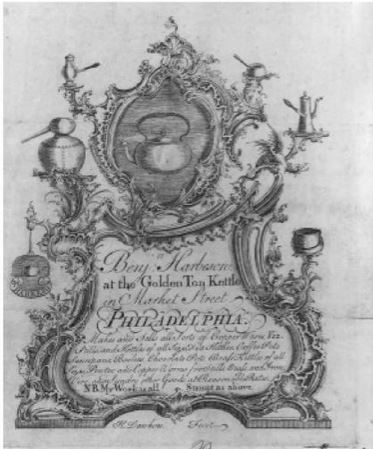
A tinsmith’s advertisement in The Pennsylvania Gazette
of May 16, 1765:
BENJAMIN HARBESON, HATH removed
from the House he formerly lived to
a House in Market street, at the Sign
of the gilded Still and Teakettle, next
door to the Widow Wister, and nearly
opposite to the Indian King; where
he continues to carry on his Tin and
Coppersmith Business as usual, and
hath for Sale, Stills, Brewing Coopers,
Washing Kettles, Boilers, Fish Kettles,
Dutch Ovens, Stew
Pans, Preserving Pans, Chocolate and
Coffee Pots, Tea Kettles, Sauce Pans,
Plate Warmers, Coal Cases, brass
and iron Wire, Scales of all sorts,
Brass and Lead weights, with a
compleat Assortment of best
London Pewter, &c. &c.
So what do they look like through the centuries?
Gillis Van Tilborg painted The Barn Interior between 1654 and 1675
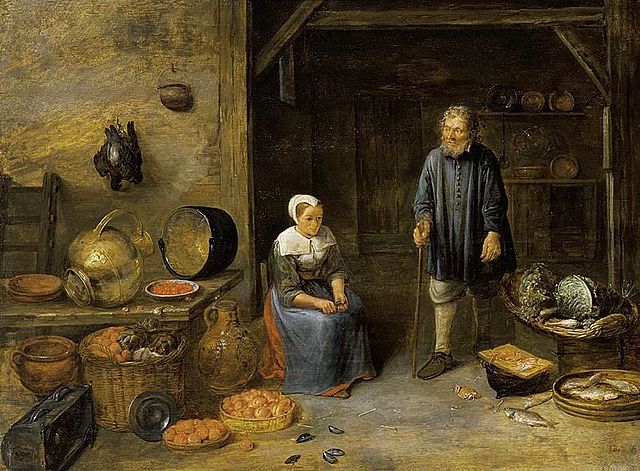
two from Gabriel Metsu both entitled The Cook between 1657 and 1667.
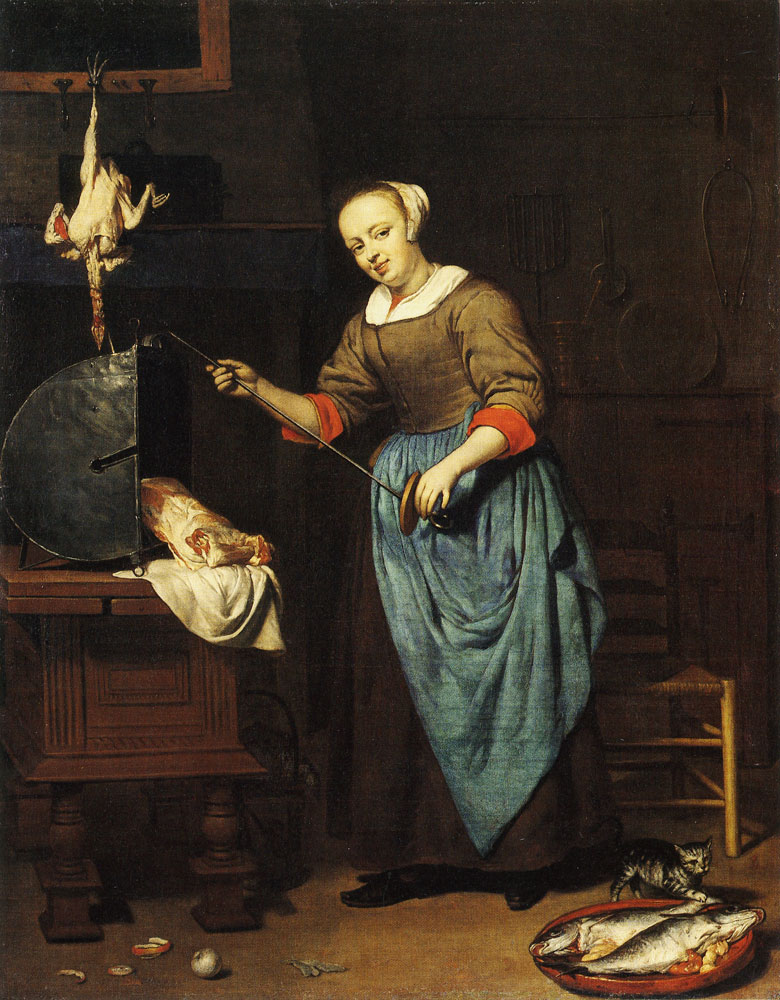
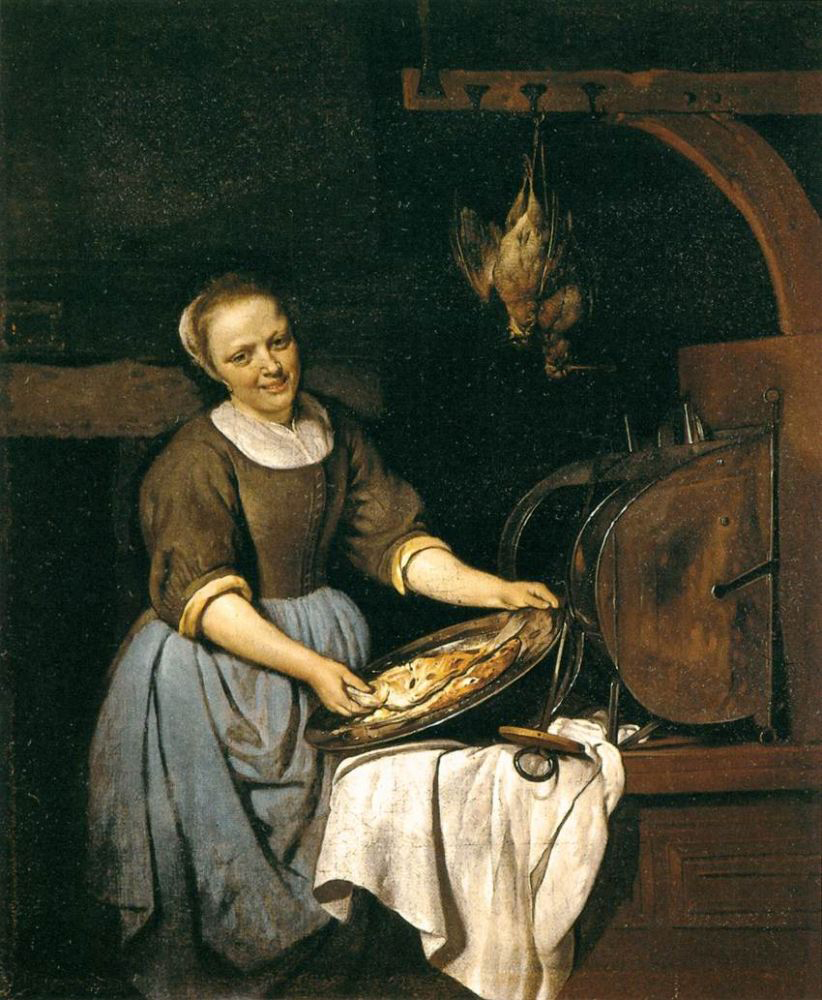
From Jan Jozef Hormans 1682-1759
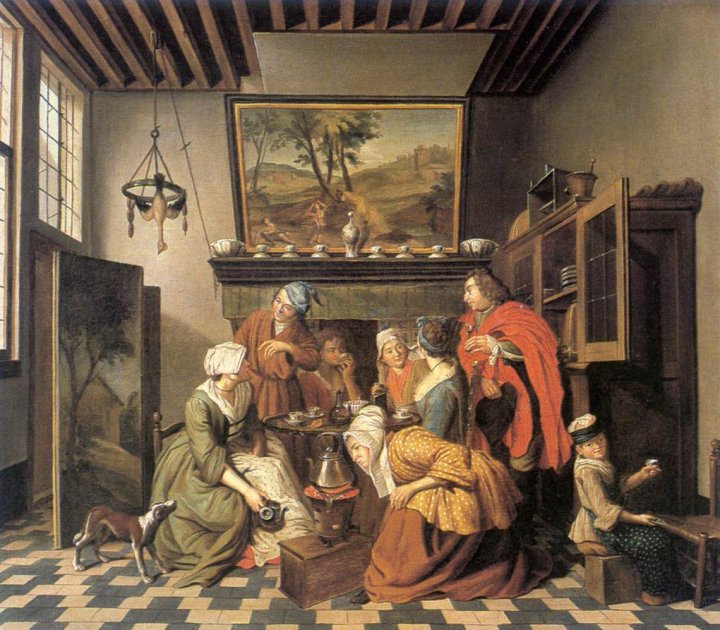
1815 L’Interieur d’une Cuisine by Martin Drölling
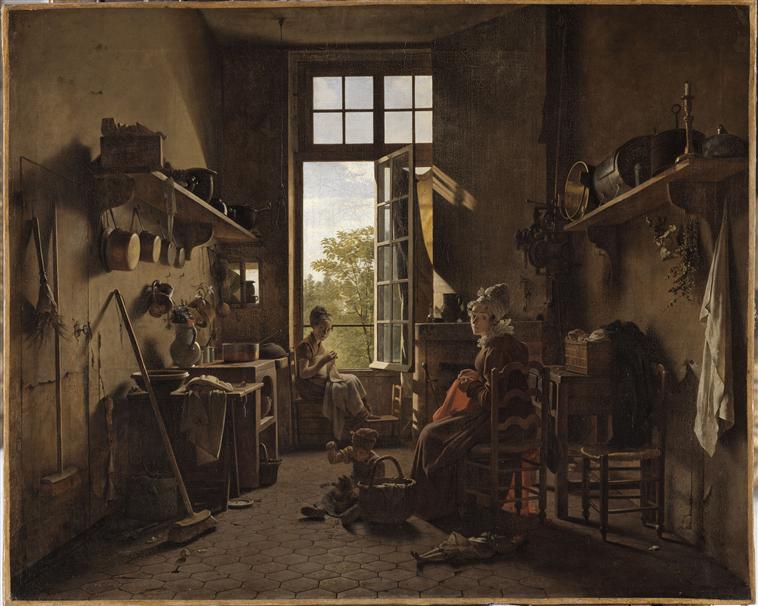

Tompkin Madison from 1845
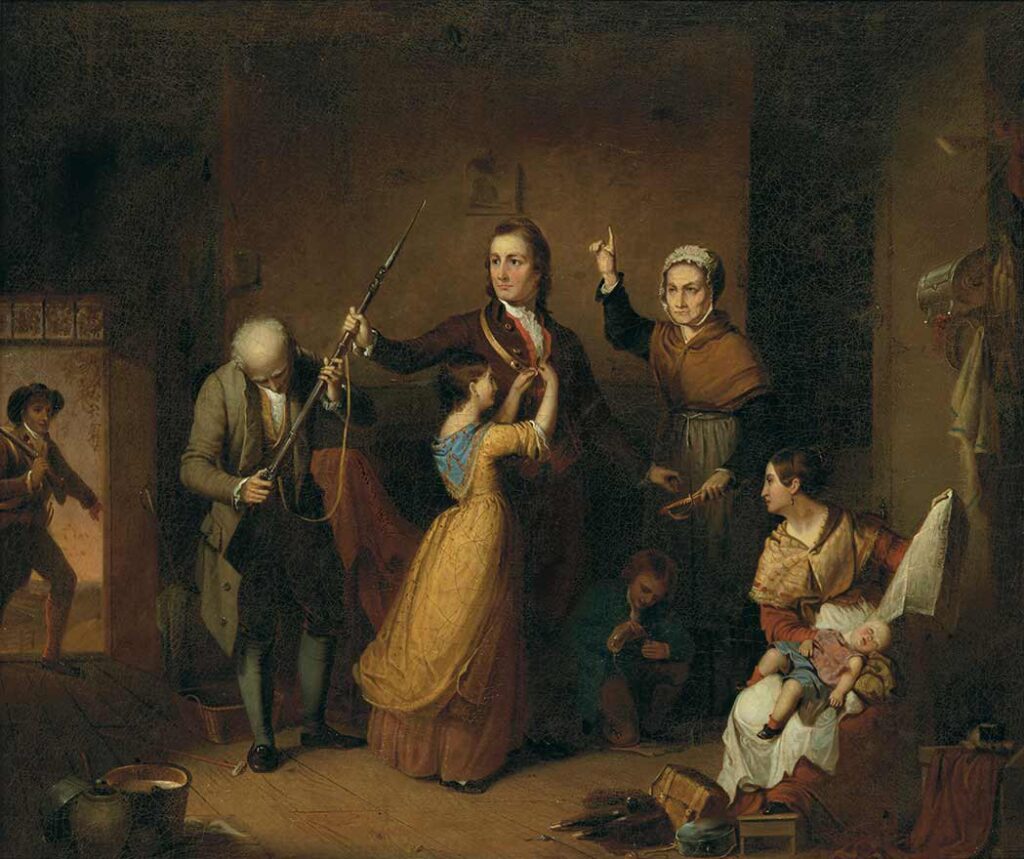
From 1868 League of Rats by Gustave Dore
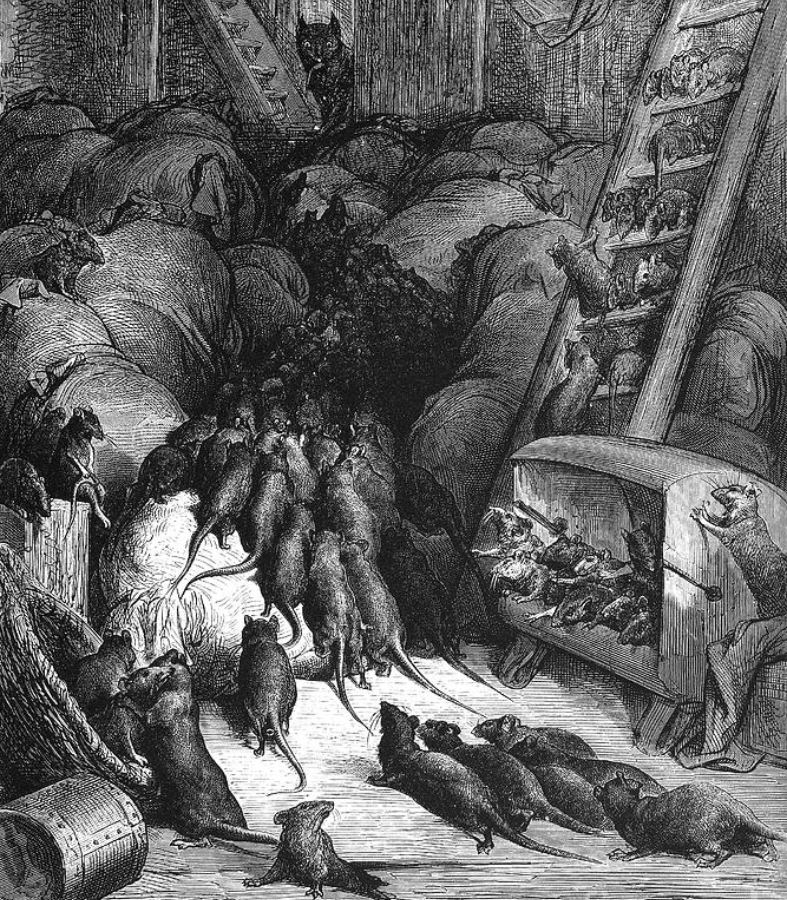
They could be small like this one found at the Metropolitan Museum of Art.

A small versioncould be used in the home and they had versions used in taverns that were over 3 feet 3 inches wide and 19 1/2 inches tall.
They were numbered by size.
No. 1 made from 4 sheets 7″ W. x 10″ H. x 14″ L.
No. 2 made from 7 sheets 10″ W. x 14″ H. x 20″ L.
No. 3 made from 11 sheets 12″ W. x 16″ H. x 24″ L.
No. 4 made from 13 sheets 14″ W. x 19″ H x 28″ L.
etc.
